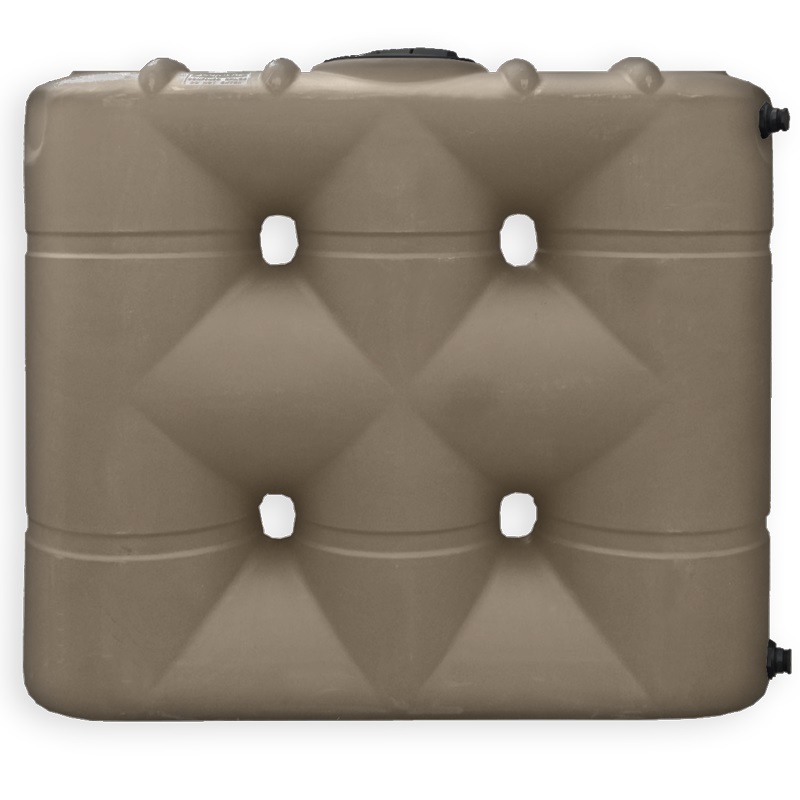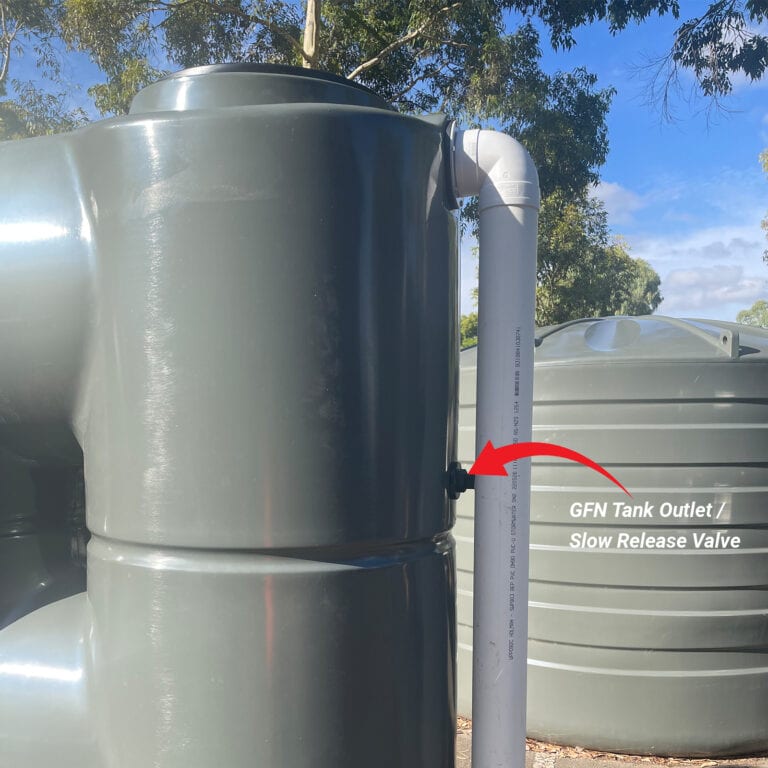Understanding the Significance of Rain Containers in Drought-Prone Regions for Water Safety
In areas susceptible to prolonged droughts, the function of rain tanks in bolstering water safety is a topic of expanding value. As neighborhoods grapple with the obstacles of water scarcity, recognizing the value of these storage tanks surpasses mere collection of rain. Rain tanks offer as a vital device in mitigating the effect of water scarcities by offering a lasting source of water for different needs. The real value of rainwater containers expands far past plain storage; it includes resilience-building procedures and the promo of long-term water preservation strategies. This diverse method to water protection warrants a more detailed evaluation of the duty rainwater storage tanks play in ensuring a trusted supply of water throughout times of drought.
Advantages of Rain Storage Tanks
Making use of rain containers uses a sustainable solution for boosting water supply and improving water security in household and industrial setups. One of the key advantages of rainwater tanks is their ability to reduce dependence on keys water supply.

Rainwater Harvesting Methods
Rain gathering methods include a variety of techniques developed to effectively gather and keep rainwater for numerous functions, adding to water conservation and sustainability. Another prominent strategy is the usage of above-ground or below ground storage tanks to store rain for later usage.

Additionally, rainfall yards and permeable pavements are ingenious techniques that entail landscaping or paving surface areas in such a way that allows rain to percolate into the ground, renewing groundwater books. In addition, contour farming and terracing are farming practices that aid capture rain and avoid dirt erosion in sloping terrain. By carrying out these diverse rainwater harvesting methods, areas can improve water security and strength in drought-prone regions while promoting lasting water management techniques.
Importance of Water Safety
Ensuring trustworthy accessibility to tidy and enough water sources is vital for sustaining human health and wellness, financial growth, and environmental health. Water safety and security is an essential element of social strength, particularly in areas vulnerable to dry spells and water deficiency. Adequate water safety encompasses different measurements, including accessibility, top quality, and access of water for domestic, agricultural, industrial, and ecological demands.
Water safety plays an essential function in advertising public wellness by reducing the prevalence of waterborne diseases and making sure cleanliness centers. Financially, water protection is essential for agricultural performance, industrial operations, and total financial growth. Slimline water tanks. Water safety is carefully connected to environmental sustainability, as it sustains environments, biodiversity, and overall eco-friendly balance.
In drought-prone regions, water security comes to be much more essential due to the increased danger of water scarcities. Applying strategies like rainwater harvesting, water recycling, and effective water monitoring techniques can significantly enhance water safety in these locations. By focusing on water protection, areas can better withstand the influences of climate change, population development, and various other challenges that intimidate water accessibility.
Enhancing Water Resilience
With raising global water obstacles, building resilience in water systems has come to be a vital focus imp source for sustainable development efforts. Enhancing water resilience involves implementing strategies to ensure water schedule and top quality when faced with changing environmental problems, such as droughts, floodings, and pollution.
One secret aspect of improving water strength is promoting making use of rainwater storage tanks in drought-prone areas - Slimline water tanks. Rainwater containers serve as an efficient methods of capturing and saving rain for later usage, decreasing reliance on limited freshwater sources during completely dry periods. By incorporating rain harvesting systems into water administration strategies, communities can other improve their capacity to stand up to water scarcity and keep water protection

Sustainable Water Preservation
Amidst rising water difficulties, the prudent monitoring of water resources with lasting conservation techniques is crucial for guaranteeing lasting environmental security and societal health. Sustainable water conservation involves the effective use water resources to fulfill existing demands without endangering the capacity of future generations to fulfill their very own demands. By carrying out methods such as rainwater harvesting, greywater recycling, and water-efficient innovations, areas can decrease water wastefulness and reduce stress on freshwater sources.
Moreover, lasting water conservation methods add to ecosystem health by maintaining ample water levels in rivers, lakes, and wetlands, sustaining biodiversity, and maintaining all-natural environments. These practices additionally play an important function in mitigating the effects of climate modification by assisting to adapt to altering precipitation patterns and water availability.

Final Thought
Finally, rainwater containers play an essential function in boosting water security and resilience in drought-prone areas. By utilizing rain harvesting methods, neighborhoods can lower their dependence on traditional water sources and promote sustainable water preservation techniques. This not just assists mitigate the influences of water shortage throughout droughts but additionally adds to lasting water safety and resilience when faced with climate modification difficulties.
Comments on “Ideal Slimline Water Tanks: Resilient and Compact Water Storage Space Options”